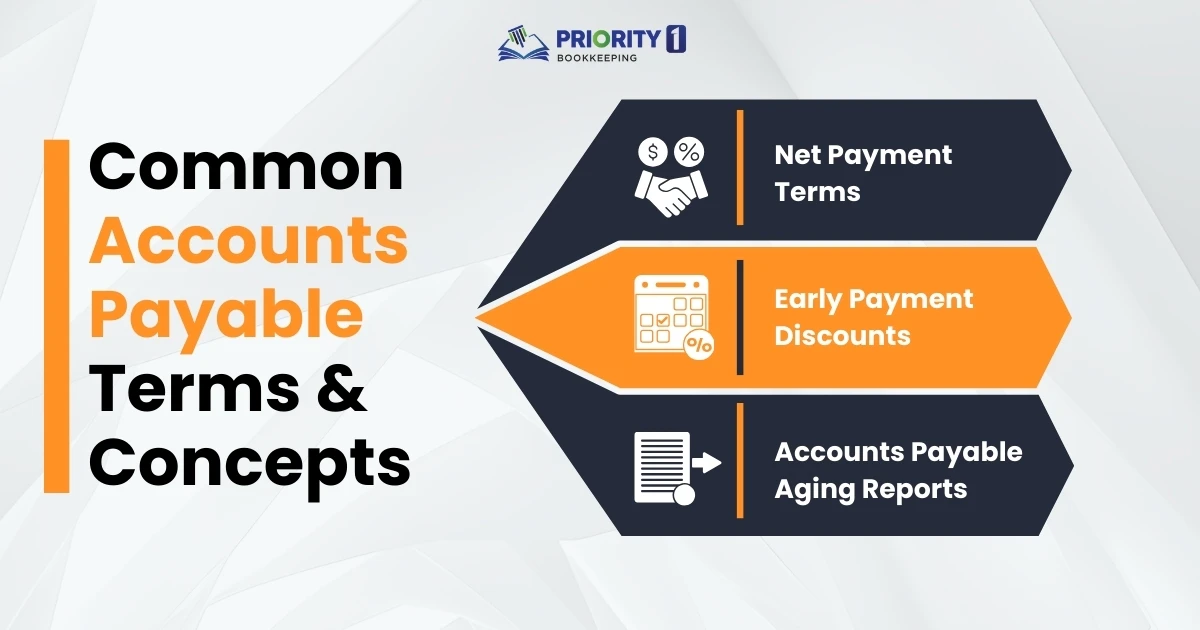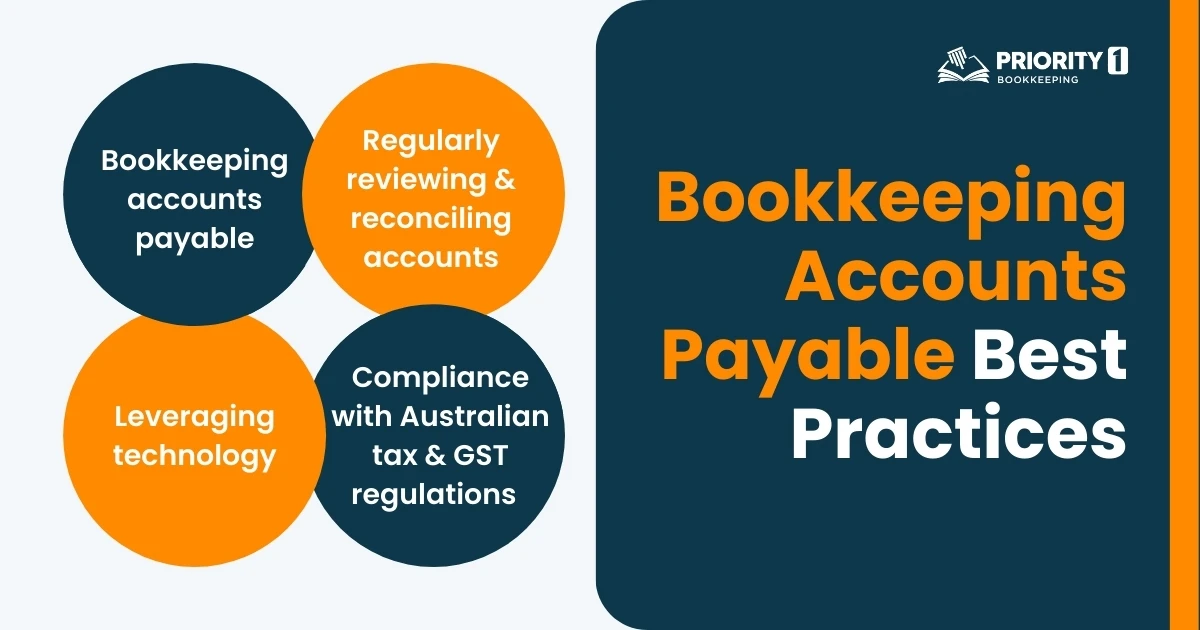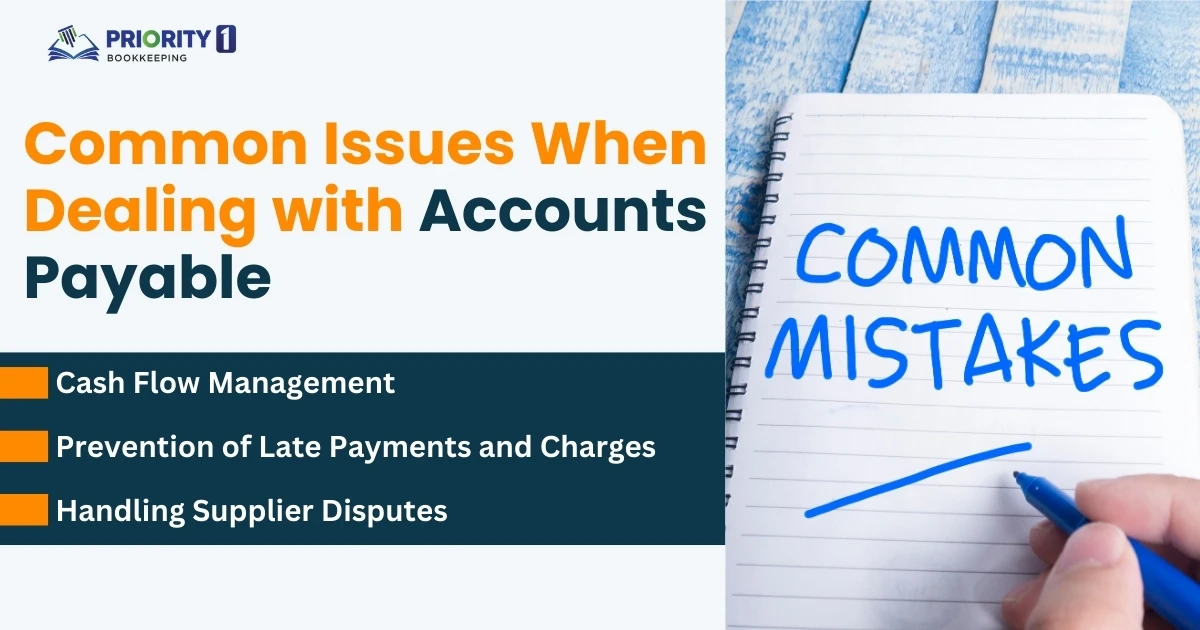
Accounts payable is a very relevant component of any business’s financial arrangement and involves an amount or sum owed to suppliers pertaining to the good and service received by that concern but as yet not paid. Thus, accounts payable falls within the ambit of liabilities that appear in a balance sheet. To this effect, for the better management and cash flow, account payable constitutes an essential point of attraction for a business. This process ensures favourable relations and cooperation between any business with their suppliers of goods and services. It helps companies prevent late payment fees, enjoy early payments discounts, and maintain their creditability.
The effective management of accounts payable is directly related to the financial stability of a business. When companies streamline their processes and keep accurate records, they are able to plan their expenditure and minimise errors throughout the entire process while appropriately utilising their resources. Accounting in Australia with care ensures that the bookkeeping records comply with financial regulations, thus decreasing the chance of penalties being imposed.
This blog will break the mystery surrounding this bookkeeping term, explain its importance in the bookkeeping process, and discuss some ways to improve and enhance it. Accounts payable outsourcing and its automation solutions will be an area of special focus, guiding Australian businesses toward more effectiveness and accuracy. These firms can optimise their operations with cost-cutting measures through these practices and spend ample time focusing on their respective core business activities.
Accounts payable is the sum a company owes suppliers for goods and services supplied to it but not paid. It forms part of the bookkeeping short-term liability on the balance sheet of a company, reflecting accurately the company’s obligation with the financial records of obligations necessary for the evaluation of general financial health and liquidity.
Being able to track the debts which firms owe them allows it control over the scheduled and eventual pays to the suppliers thereby resulting in timely payments on both sides. The use of proper accounts payable keeps all the outgoing payments, offsetting revenues hence effectively working towards cash flow. As a result, just about all the cash flows for effective cash reserves thus enable discharging obligations without difficulties.
Accounts payable is usually mistaken as accounts receivable. While this may seem to be on opposite sides of a firm’s financial operations, this refers to the money owed to the suppliers by the business while accounts receivable refers to money due to the business by the customers. The differentiation has a significant implication on clarity in financial reporting for an enterprise to view their balance of finances in proper perspectives.
Account payable management helps in transparent financial reporting while improving cash flow forecasts and, therefore, helps Australian businesses make better financial decisions and be more stable.

Managing accounts payable requires a step-by-step process for ensuring accuracy in the books of accounts and making payments on time. Here’s the step-by-step process:
This process starts by receiving an invoice from the supplier of a business. The invoice must be checked against the purchase order concerned, and goods or services must have been delivered under the terms of the contract. Checking the details on the invoice prevents over-payment of invoices and recording of only proper expenses.
Verify all invoices and record them in the bookkeeping accounts payable system. This will keep liability records up to date and accurate. Bookkeeping Software such as Xero or QuickBooks allows for streamlined data entry while tracking due dates.
These payment schedules will be in order of the terms required by the supplier, such as Net 30 or Net 60. This would mean that cash flow does not get strained when it makes payments. Businesses would avoid late fees and, sometimes, benefit from getting an early payment discount because they are sticking to a payment schedule.
The account payable reconciliation is a crucial process to ensure that the accounts payable recorded are accurate against the actual financial liabilities incurred. Reconciliation of all discrepancies will be caught while preventing fraud, ensuring accurate and reliable accounts payable ledger accounts. This ensures greater transparency in the financial position as well as effective cash management.

Knowledge about common accounts payable terms has been known to make for efficient management of business finance obligations.
These include the number of days within which an invoice should be paid. For example, Net 30 means payment is to be made within 30 days from the date of invoice. Such terms affect the scheduling of payments and the management of cash flow as businesses need to plan ahead to meet these deadlines without disrupting their operations.
Many suppliers provide incentives such as a 2% discount for paying within 10 days of invoice date for early settlement of invoices. Businesses taking advantage of this discount will save money, help suppliers by maintaining a better relation, and increase cash flow efficiency.
Aging reports group outstanding invoices due by their due dates and are a useful reporting tool for businesses to monitor accounts payable, prioritise payments, avoid late fees, and optimise financial control and supplier performance.
Accounts payable outsourcing is defined as the process of contracting an external service to perform all the accounts payable functions of a particular business. This may range from processing invoices through scheduling payments to account reconciliation. Outsourcing such activities to third parties saves more time to focus on other core functions of the business.
A huge advantage for small and medium businesses (SMBs) is the savings aspect.
In any case, the proper outsourcing partner selection is crucial for an SMB, and this shall be evaluated based on industrial experience, customer reviews, and familiarity with Australian financial regulation. An ideal accounts payable outsourcing service will consider secure, modern technology but provide customised solutions based on business needs. Effective communication, transparent pricing, and a robust support system ensure a hassle-free alliance are important for businesses seeking to tap into outsourcing for process improvement in accounts payable as a means of achieving sound financial health.
Automation of accounts payable helps streamline the entire accounts payable process by automating from when a company receives an invoice, to payment schedule. Integration with the use of bookkeeping software is made through Xero, MYOB, and QuickBooks; this software updates all records in their respective books while making payment.
Key Advantages of Automation are
It is accessible for Australian businesses through tools such as Xero, MYOB, and QuickBooks, all of which have powerful accounts payable features for improved handling of invoices and scheduling payments with integration to other financial tools. It also comes with automated invoice capture, reminders, and alerts due dates, and easy reconciliation.
This involves identifying the current accounts payable workflow and the associated manual bottlenecks. Next, a business has to decide on an automation tool that fits its existing software setup. The employees are also trained in using these tools, and the system is periodically reviewed to fine-tune processes and adapt to changing business needs. It is a structured approach which helps businesses reap the rewards of automation efficiently.

Bookkeeping accounts payable standardises the process, thereby ensuring consistency and accuracy. Clearly defined protocols for handling and processing invoices and approval and scheduling of payments reduce the error occasions and ensure a sound workflow. Standard practices make training easier and improve communication throughout finance teams.
Maintaining accurate books will, therefore, result in periodic review and reconciliation accounts. The process often involves checking on errors in books, spotting discrepancies, preventing fraudulent activities, and ensuring liability reported was actually owed to someone. These activities should improve management of cash flow and also enhance financial accountability.
High-efficiency tools include technology that could involve bookkeeping software and automated tools. For example, using platforms like Xero or MYOB reduces manual input on data entry, payments, and reporting. This would therefore save time while avoiding most human errors that could come with it.
The tax and GST laws in Australia need to be updated by the business entities in order to report and pay their GST in time. Professional accountants or software services specialising in local law compliance can assist companies in this regard to maintain compliance without committing any unnecessary mistakes or penalties.

Companies may have accounts payable issues that may impact operations if left unchecked.
The main problem is to pay on time without straining cash flow. To achieve this objective, businesses need to make their payments according to the due dates and negotiate flexible terms with suppliers. Additionally, it can help them plan expenses and avoid cash shortages by introducing cash flow forecasts.
Avoidance of late payments jeopardises supplier relationships and incurs additional charges. However, businesses may avoid all this by using account payable automation tools for scheduling the due date of payments and following them correctly to ensure payments are made timely, thus saving the cash flow.
Disputes about unpaid or incorrectly received invoices can delay the receipt of payments. Therefore, you should keep all necessary paper and electronic records in case things do not go smoothly as anticipated. Clear communication is equally essential in solving misunderstandings, especially when talking with the suppliers. Thus, keep all your purchase orders, delivery receipts, and confirmations of payment and show them to a person from the supplier side.
Time for accounts payable outsourcing or automation depends on the needs and issues of a company.
To outsource accounts payable is ideal for business entities such as small and medium-sized enterprises with limited staff, experiencing high error rates, or spending much time processing manual invoices. Outsourcing brings about skilled bookkeeping, compliance checking, and saves time for core business activities. Companies where business is growing or those not able to catch up with the increasing invoices and payments will equally benefit from bookkeeping outsourcing.
An automation process may be cost-effective if the return on investment is clearly defined. Although the direct cost of implementation could be as expensive as the software or training, payables are enhanced by less human error, improved quick invoice processing, and better cash flow management. Automation tools are aimed at streamlining accounts payable with a reduction in workload and giving real-time insight into decision-making. To determine the ROI, businesses need to compare the front-end expenses with improvements in efficiency and error reduction within financial oversight. A well-implemented system of automation usually presents return on investment by improving overall productivity and minimising labour costs.
There can hardly be any doubt that successful management of accounts payable is something to be considered in managing and enhancing financial stability or to support business growth. What constitutes the management of accounts payable has been discussed so far, including outsourcing as well as the benefits in automating. Outsourcing is sure to provide access to the services of experts to eliminate errors and free the necessary resources for core business activities. Automation can definitely boost efficiency, reduce tedious work, and support effective reporting of financials.
Standardisation, regular account reconciliation, and technology leverage of accounts payable practices help in managing cash flow and avoiding late payments while staying compliant with Australian tax laws. Businesses that invest in these strategies can achieve smoother operations and stronger supplier relationships.
To people ready to enhance the quality of account payable activities, it just seems logical to consider outsourcing or automation to find the best solutions. Options like Priority1 Bookkeeping can provide custom solutions in bookkeeping accounts payable to heighten accuracy and operational efficiency.
Stay updated with expert bookkeeping tips and insights! Subscribe now to receive updates directly in your inbox for your business.
* We never spam your email
38B Douglas Street, Milton QLD, 4064 Australia
Monday - Friday 09:30 AM - 05:30 PM
© 2025 All Rights Reserved.